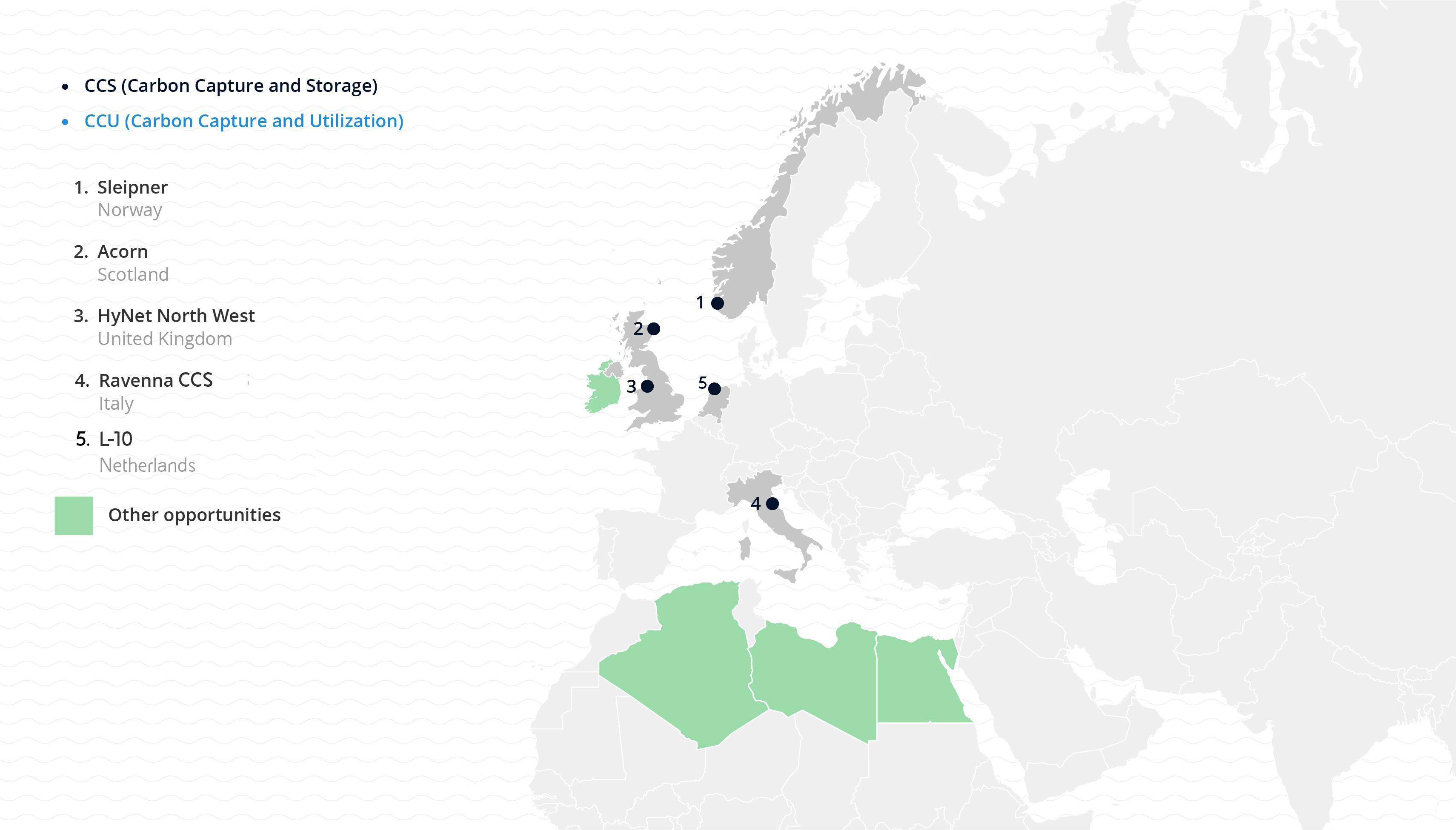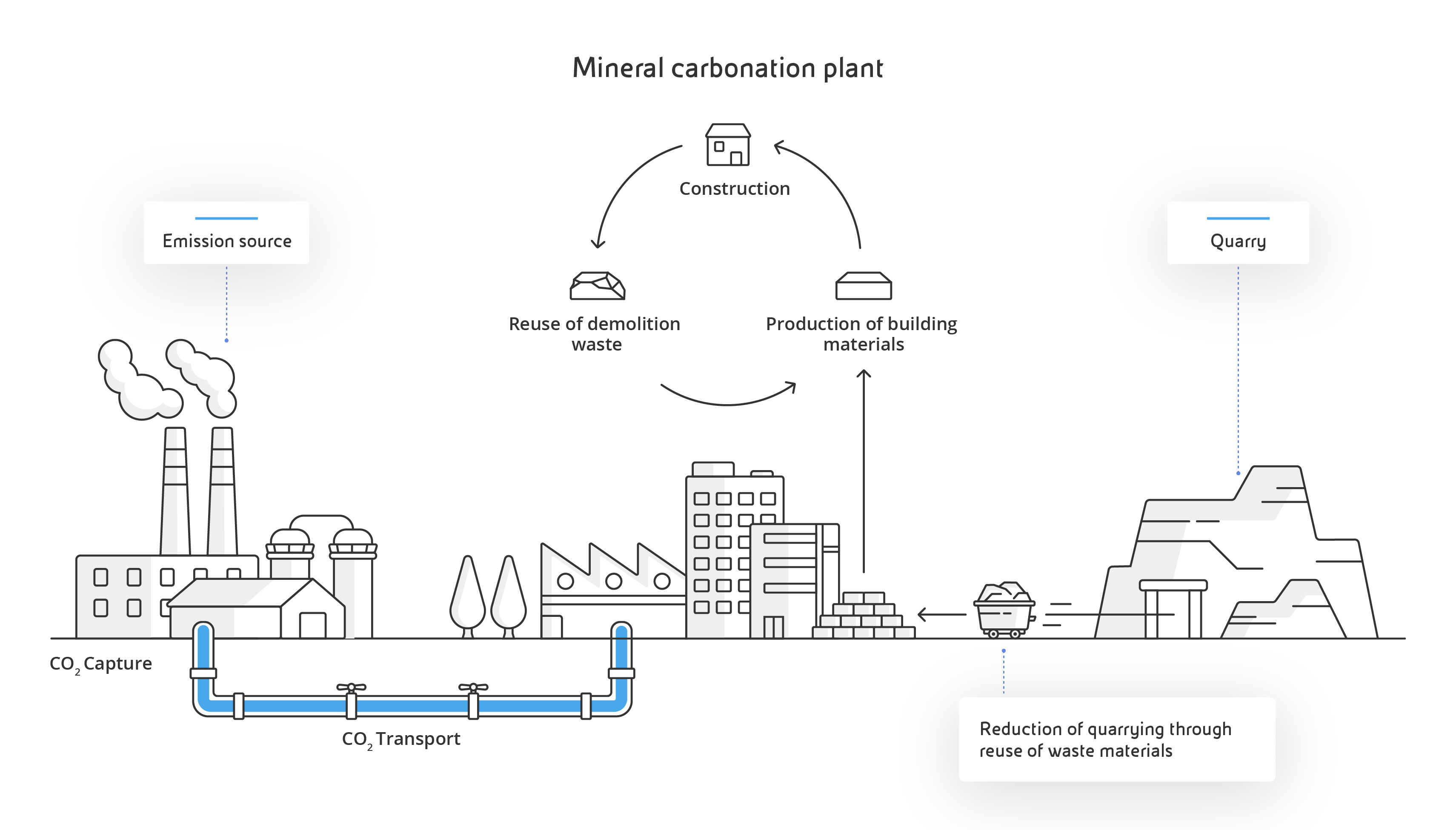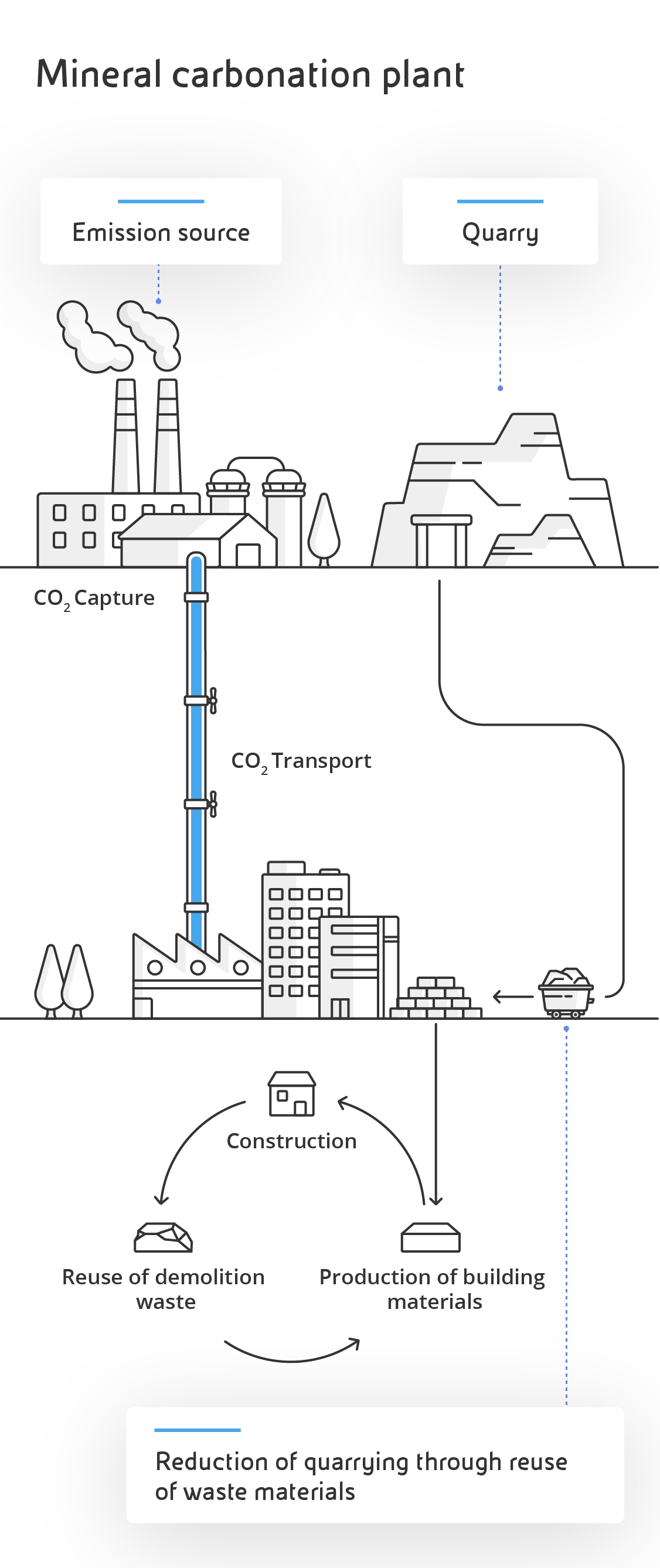A key driver in the development of new CCUS projects is the emergence of the "CCS HUB" concept. In the past, storage projects were vertically integrated, with a capture unit closely linked to a dedicated transport system and a dedicated storage site. This system required large-scale projects to be financially viable, which often posed implementation challenges. More recently, there has been a shift towards separating the capture segment from the transport and storage facility, which can thus be shared by several capture facilities and different industrial players. This approach allows more modest capture projects to benefit from economies of scale and become competitive. CCUS Hubs are the linchpin that will enable the deployment of this key process, which is central to achieving carbon neutrality in new industrial contexts, overcoming previous constraints that have largely limited it to the oil sector due to economic and infrastructure-related reasons. The Ravenna CCS is a flagship initiative in the CCS field. The significant storage capacity of Eni's depleted reservoirs in the Adriatic Sea, amounting to 500 million tonnes, will make it the benchmark carbon capture and storage hub for Italy and the largest in Southern Europe. Eni is a partner in the Sleipner project in Norway, the first CCS initiative in Europe and the first in the world dedicated exclusively to permanent geological storage. Operating since 1996, it has injected over 20 million tonnes (Mtp) of carbon dioxide into a deep saline formation in the North Sea, demonstrating the technical and commercial viability of CCS.
In the United Kingdom, Eni is involved in the integrated Hynet project in the North West of England as operator in CO₂ transport and storage. Scheduled to come on stream in 2027, it will have an initial capture capacity of 4.5 Mtpa of CO₂, with the possibility of expanding it to 10 Mtpa from 2030. In the UK Eni also obtained the approval of the North Sea Transition Authority (NSTA) in August 2023 for a carbon dioxide storage licence for the depleted Hewett gas field in the southern British North Sea. Eni intends to develop a CCS project there, which will contribute to the decarbonization of the Bacton and Thames Estuary area, with a permanent CO₂ storage capacity of around 330 million tonnes.









